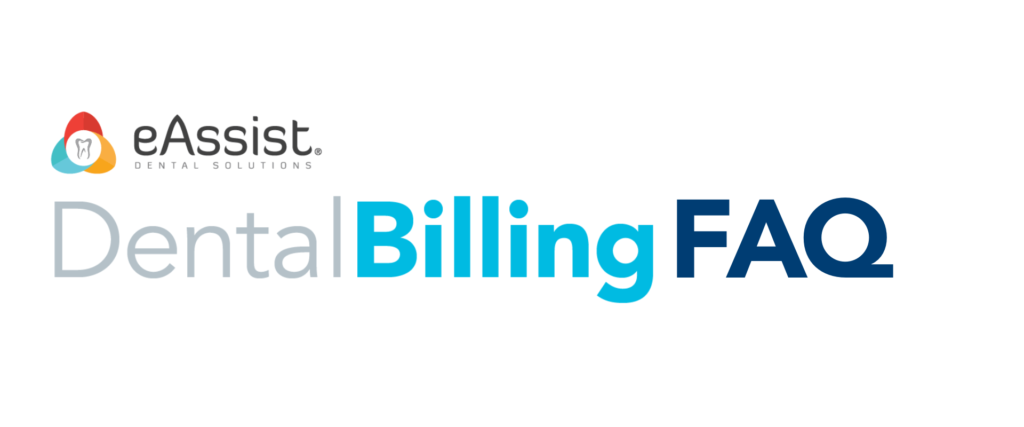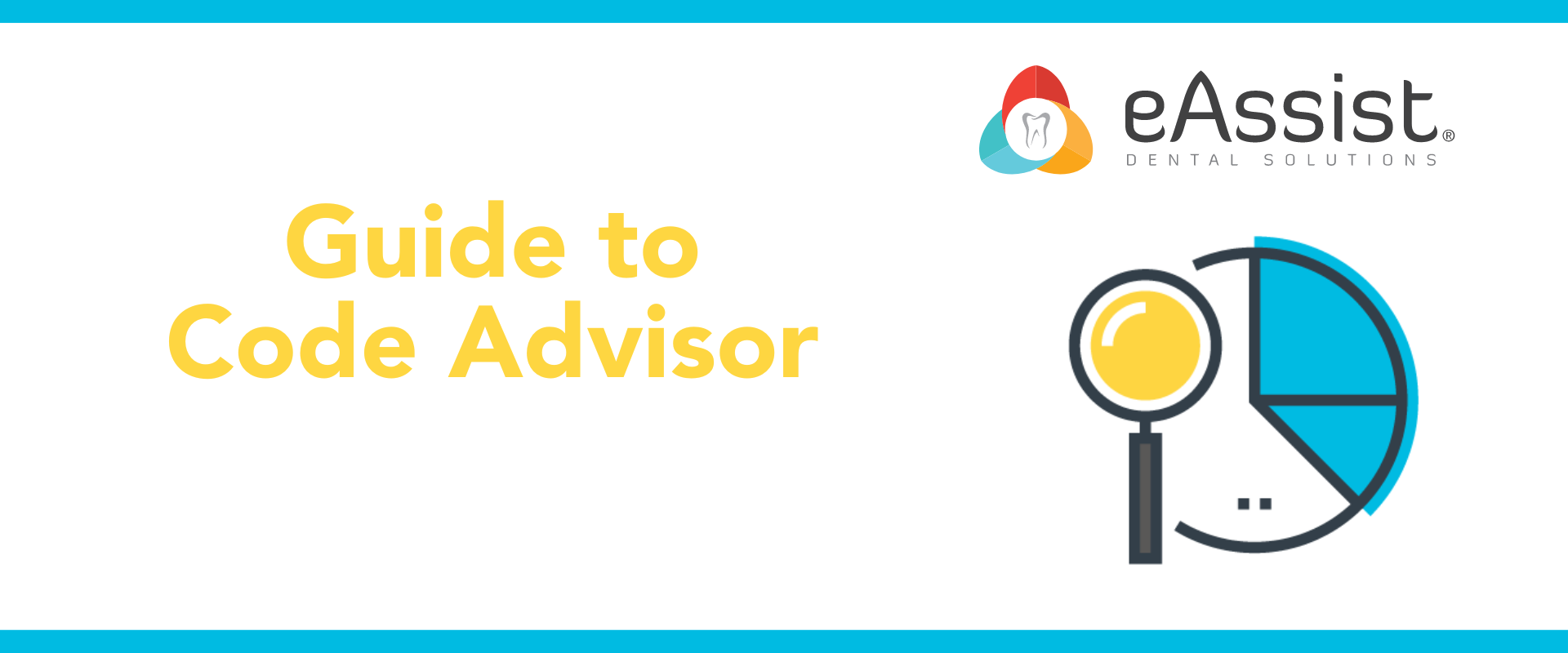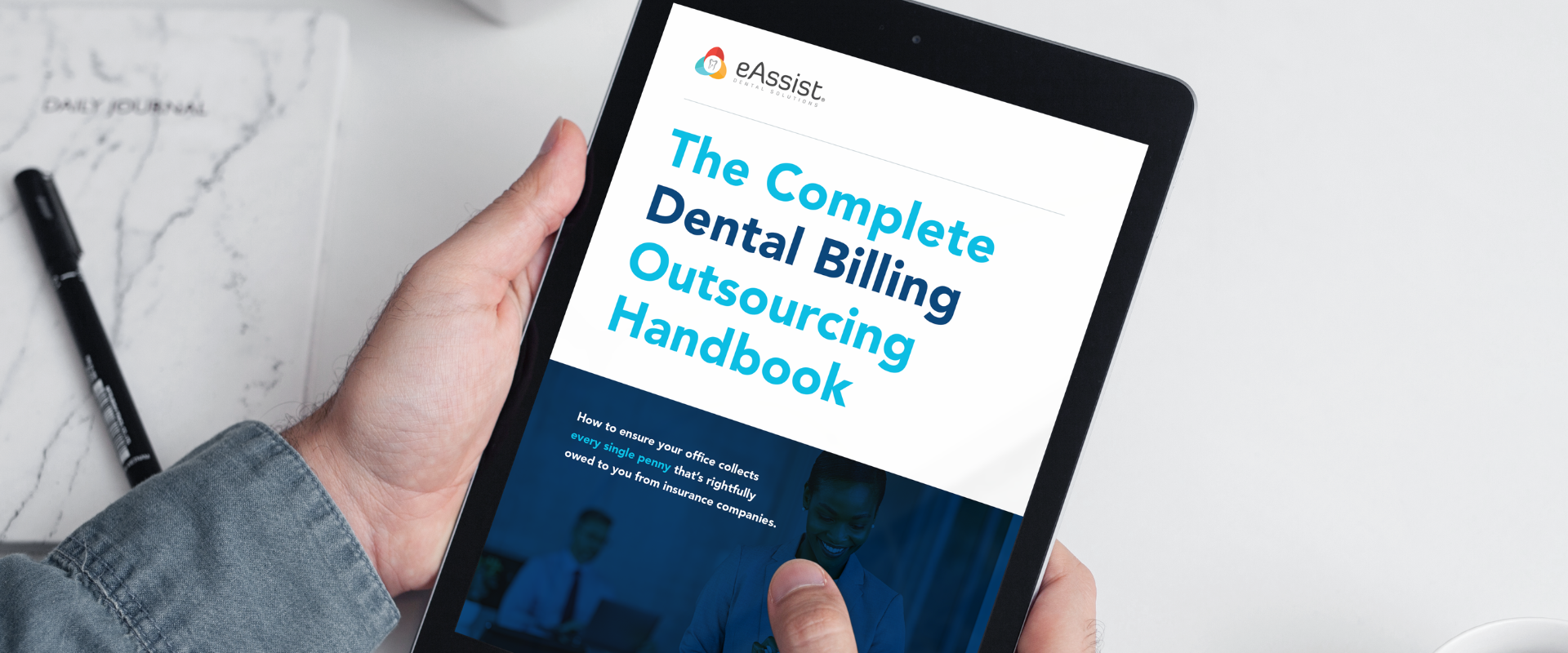As a dental practitioner, you always want to focus on providing the best care to your patients. However, the administrative tasks involved in running a dental practice can be time-consuming and overwhelming. Streamlining your administrative processes can help you save time, reduce errors, and improve patient satisfaction. As well as this, making patient communication an important part of your daily routine is essential to continued success. Paired with new technologies and systems, the challenges faced by dental practices are diminished when each of these areas are given equal attention. Let’s discuss the three primary ways in which the “business of your business” really works step by step:
Troubleshooting your dental practice challenges
Each day starts with the next appointment. When you have a solid active patient base, the way that you treat patients before and after they sit in the chair is crucial to continually increasing case acceptance. This involves everything from the cleanliness of your office and treatment room to the way patients are greeted when they walk through the door. Paying attention to these important facets of your practice help ensure patient satisfaction and your income can remain stable over time (and maybe you can finally plan for that vacation).
Before the appointment
This six-step process provides you with a detailed, concise look at a standard operating procedure to implement:
- Confirm the appointment
It’s important to confirm the appointment with the patient at least 24 hours in advance. This can be done via phone call, email, or text message. Confirming the appointment helps to reduce no-shows and ensures that the patient is aware of the date and time of the appointment. Follow up with the patient a week to two weeks prior to the date to confirm a final time. - Update patient records as needed
Before the appointment, it’s crucial to update the patient’s records to ensure that all information is accurate and up to date. This includes updating their medical history, contact information, and insurance benefit details. - Fully prepare the treatment room
The treatment room should be prepared before patient arrival. This means sterilizing the dental instruments, restocking supplies, and making sure that the room is clean and tidy. There should be no need to leave the patient in the exam room during treatment. - Review the patient’s chart
Before the appointment, you and your staff should review the patient’s chart to ensure that they are aware of any current medical conditions or allergies that the patient may have. Of course, always ask the patient directly prior to treatment if any of this information has changed or requires updating. - Verify coverage and patient portion
Before the appointment, the dental practice should prepare for payment by verifying the patient’s insurance coverage and estimating the cost of the appointment. This will help to ensure that the patient is aware of the cost of the appointment and can plan to pay for their portion. Make sure to collect patient copays at the time of service by outlining a detailed statement for them. - Provide instructions to the patient
You should always provide any relevant medical instructions to the patient before the appointment. This may include instructions on how to prepare for treatment, such as avoiding food or drink. For new patients, you may want to consider a reminder email that includes directions to your practice through Google Maps or similar.
Once your patient is in the chair, all you need to do is provide the professional treatment that you are known for. Every patient deserves a dentist with the ability to streamline the process for their customers, not just their business. By implementing a standard operating procedure and sticking to it, your practice can flourish.
Focus on patient communication
Many patients may feel anxious or intimidated when visiting the dentist. Develop clear communication strategies to help put your patients at ease and ensure that your staff is trained to answer patient questions and address concerns in a compassionate manner. When patients feel judged, they are less likely to accept continuous treatment and get help for potentially serious dental issues. Reduce friction by:
- Acting professionally and cordially toward new and existing patients (don’t play favorites)
- Offer educational material or visual aids about procedures (ones that don’t sell products)
- Verify insurance before every appointment to (promote accurate billing and consistent payments)
- Address patient pain concerns honestly (and offer options to reduce it for certain procedures)
- Provide post-treatment support (and always ask for honest feedback)
By treating our patients like friendly colleagues versus as strictly customers, we can help to foster a culture of professionalism and approachability. As well as this, keeping up to date with your active patient base allows you to build and maintain relationships with patients who have been coming to you for years, and nothing is better than a good word.
Embrace new technologies
The final step in implementing effective business strategies is being able to accept and utilize new technologies. Relatively recently, many practices were still using physical ledgers for patient accounts, claims, and paying the bills. Those days are over, and the ability to digitally streamline your practice is worth more than ever. New tools and techniques can help improve patient outcomes and make your practice more efficient. Let’s investigate five of the most important technologies you can take advantage of today:
- Digital radiography
Digital radiography is a new technology that uses digital sensors to capture X-ray images of teeth and gums. This technology eliminates the need for traditional X-ray film and reduces the amount of radiation exposure for patients. It also allows for faster image processing and easier storage and retrieval of patient records. - Intraoral scanners
Intraoral scanners are handheld devices that use 3D imaging technology to create digital impressions of a patient’s teeth and gums. This eliminates the need for traditional impressions, which can be messy and uncomfortable. Intraoral scanners can also improve the accuracy of treatment planning and help increase claim reimbursement with each procedure. - Practice management software
Practice management software is the real “must” of new dental technology. It can automate many administrative tasks such as appointment scheduling, patient record-keeping, and dental billing. It can also provide real-time data analysis and reporting for your payroll and accounting expenses. Without it, you’re lost in a sea of spreadsheets and potentially outdated financial information. - CAD/CAM technology
Computer-aided design/computer-aided manufacturing (CAD/CAM) technology is a system that uses digital imaging and computer software to create completely custom restorations such as crowns and bridges. This allows for faster and more accurate restorations, reducing the need for temporary restorations. - Completely outsourcing your billing department
Even if you’re not a dental biller yourself, you know how complex the process can be. Dental billing requires skillful, dedicated knowledge in order to streamline claim submission. Without expert help, your practice can be stuck for hours on the phone appealing denials or running around in circles trying to find the right code for a procedure. Work to eliminate and automate these tasks through outsourcing to a dedicated dental billing platform like eAssist Dental Solutions.
Overcoming dental practice challenges with a trusted partner
The eAssist dental billing platform hosts experts across all fields of administrative dentistry, from bookkeepers and accountants to billing coders and claim submission. Whether your practice needs help balancing the books or reducing your over 90 AR to zero and keeping it there, eAssist has a solution to fit your needs. Our Business Development Specialists allow you to tell us what your goals are, so that we can work with you to achieve them. Schedule a no obligation consultation with us below and let us know where you’d like to see your practice in the next year.












0 Comments